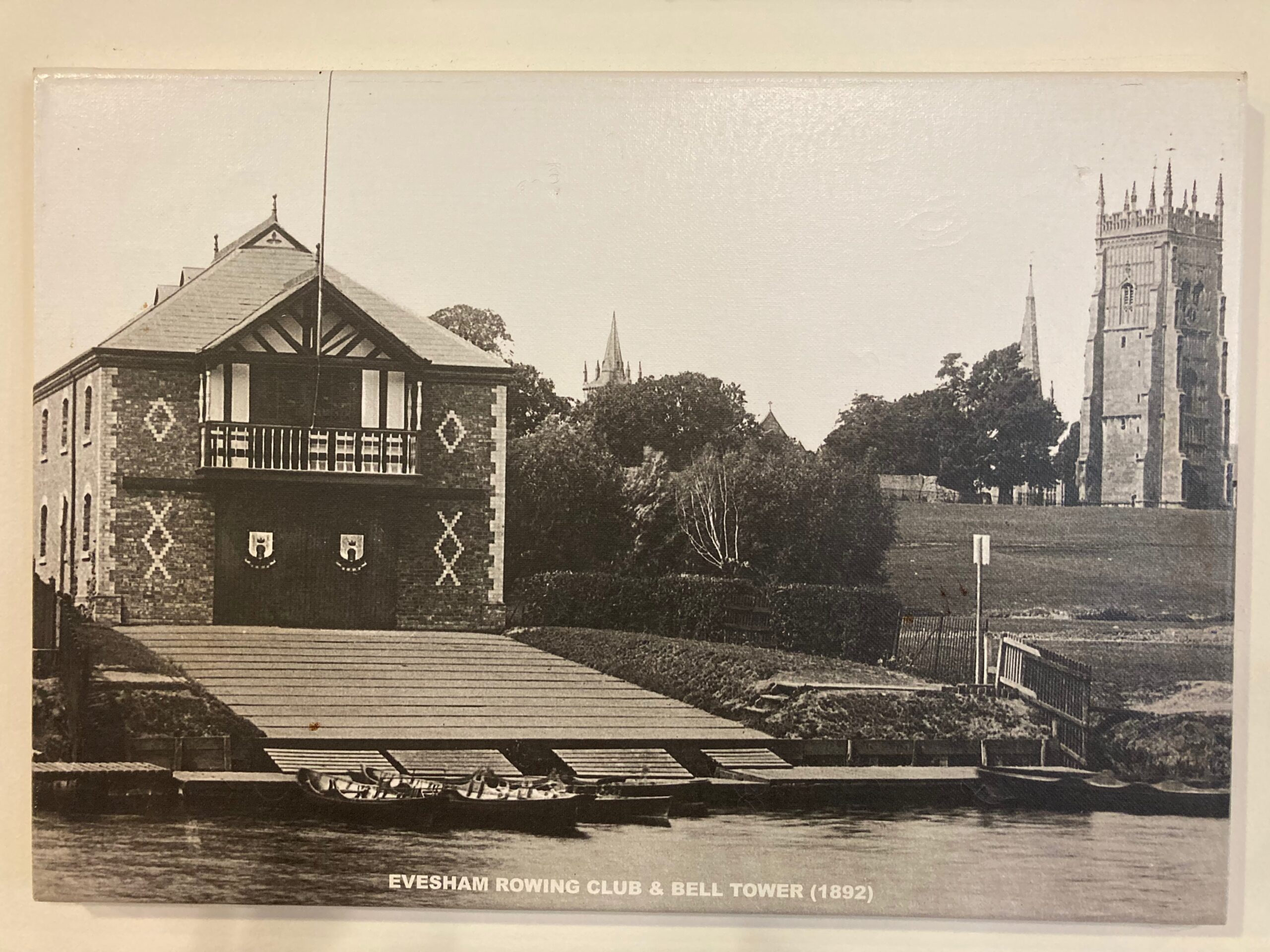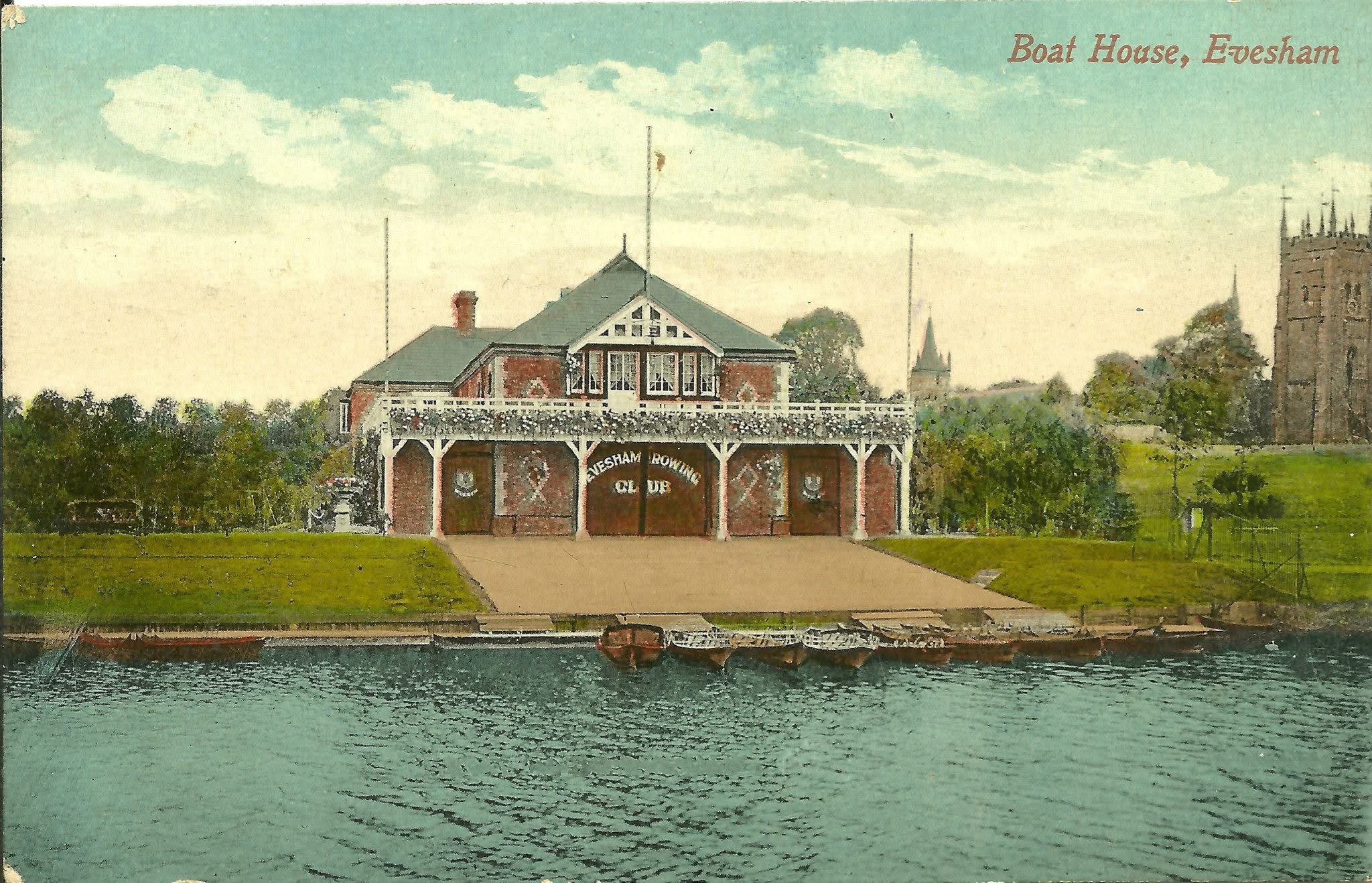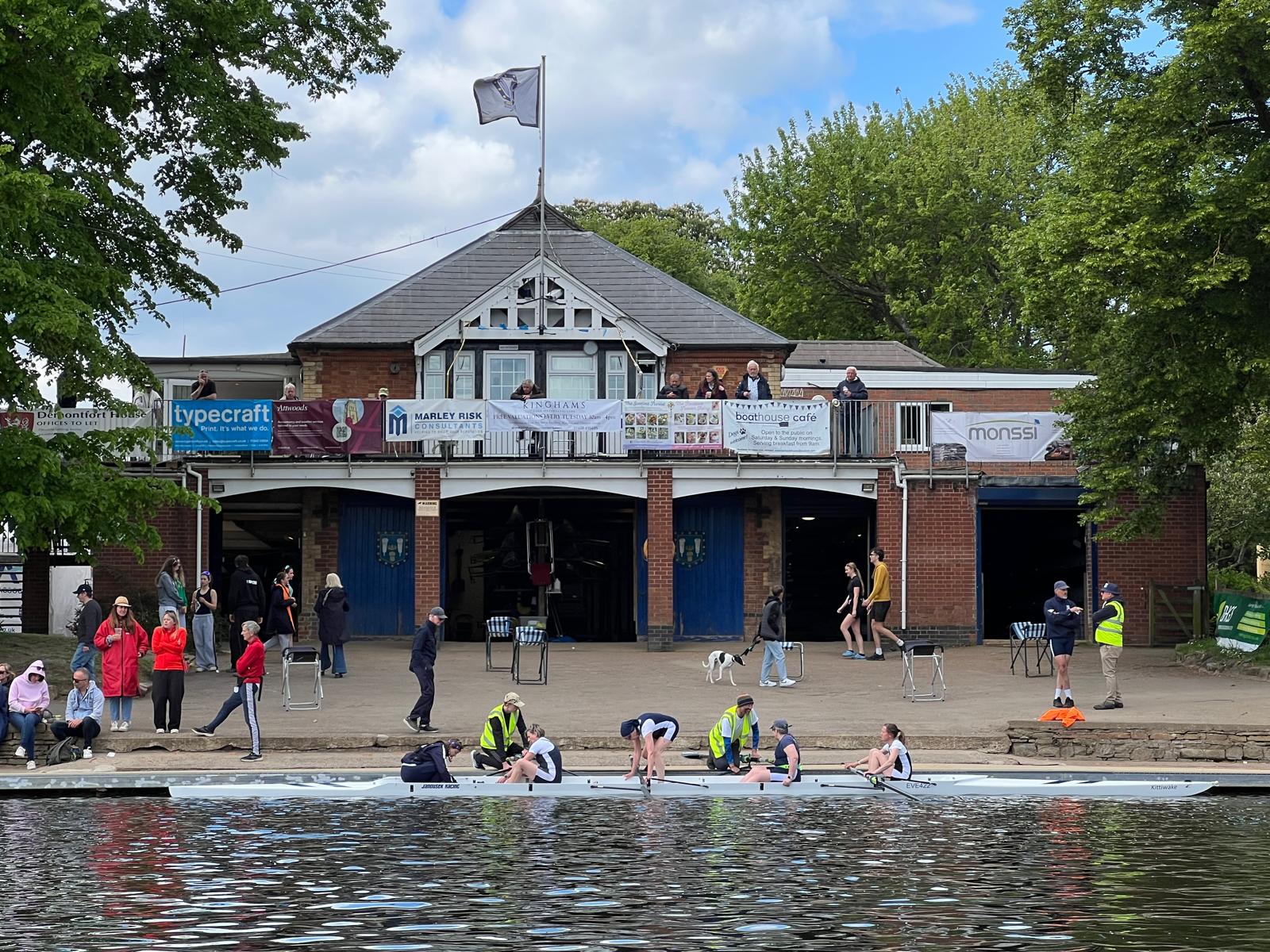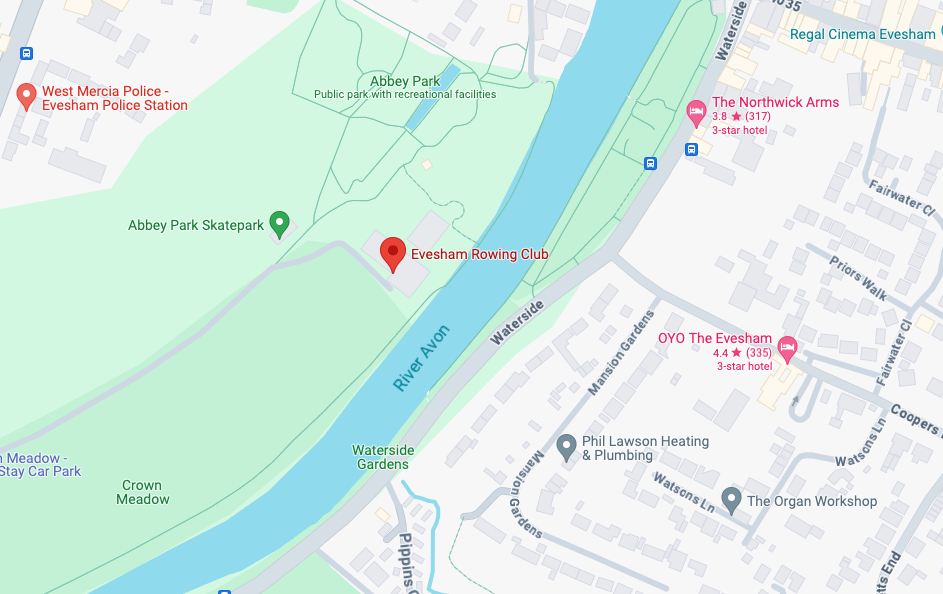Evesham Rowing Club is a multi-sport club
In wet weather please take care driving along the access road which may have areas of standing water
We would like to wish all our members and supporters a Happy Christmas
The Clubhouse will close from 12pm Christmas Eve and will re-open on Friday 2nd January
Fundraising Campaign to Buy Our Boathouse
The Evesham Rowing Club sits on the bank of the River Avon in Evesham. Its boathouse dates back more that 160 years and the club is one of the oldest Rowing Clubs in the country.
The Club has been offered the opportunity to buy the Boathouse and the club grounds, which it currently rents. This would secure the future of the club and the iconic boathouse building, keeping it as a valued part of the community and a feature along our beautiful riverside.
We have launched a fundraising campaign to raise the money needed. You can read more about the Rowing Club, the Boathouse building and our plans, on our Crowdfunding page.
About Evesham Rowing and Racquets Club
Evesham Rowing and Racquets Club is set by the River offering social members a unique location to enjoy Rowing, Tennis and Squash all year round. Members and the public can also benefit from the Boathouse Cafe and Bar which offers amazing breakfasts to start the day with. Discounts for members.
We offer all the benefits that come with membership of:

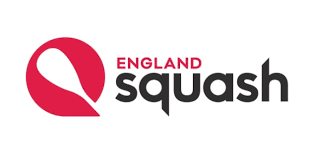
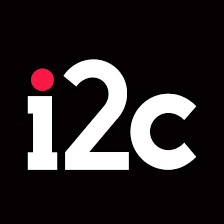
Rowing Club
Nestled in the heart of Evesham on the bank of the river Avon is Evesham Rowing Club. We pride ourselves on being a friendly and welcoming club with a rowing history spanning over 150 years
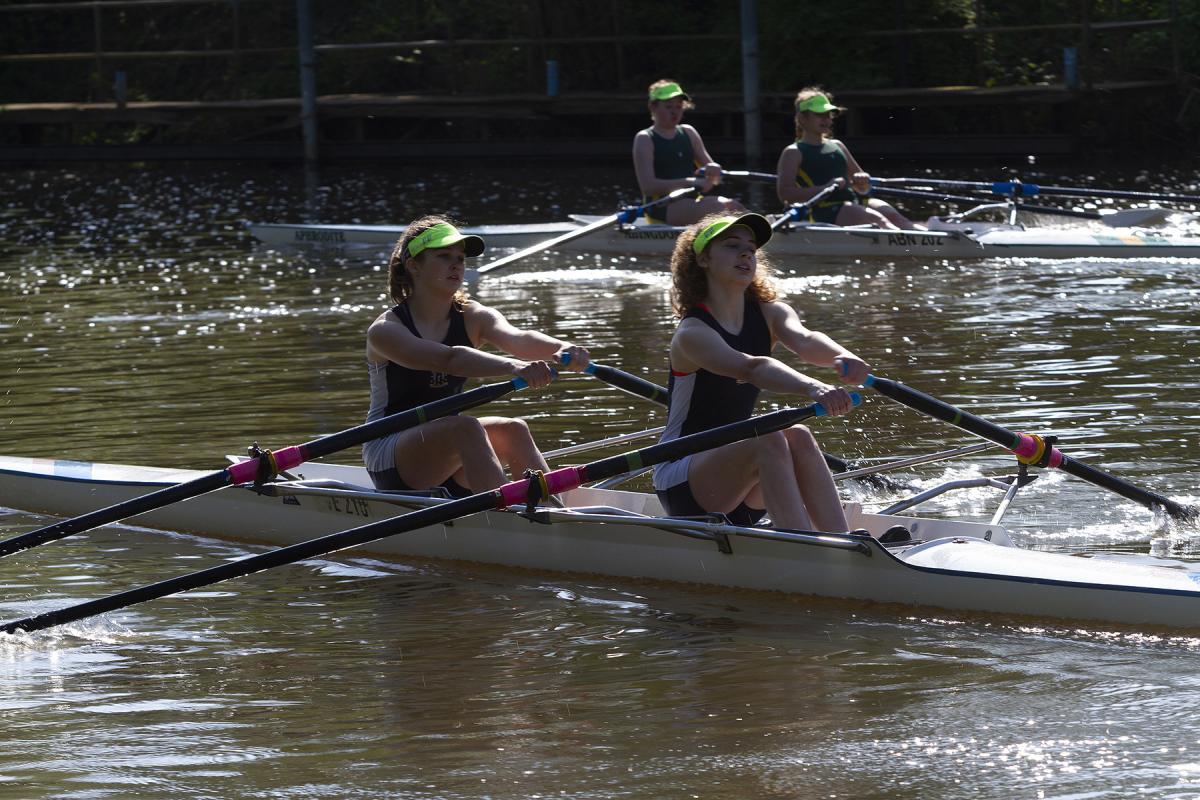

Tennis Club
Tennis at the Evesham Rowing and Racquet s Club from beginners to advanced all welcome. It’s Fun, Social and aimed at all levels complete with first-class coaching. Click to find out more and request a free taster session.
Squash Club
Welcome to the home of Evesham squash. Co-located with the rowing club in the heart of Evesham, we boast three fully-heated quality courts and a friendly membership. Whether you are a younger player looking to improve your game or a returning ‘rusty racket’ looking to burn a few ‘fun calories’ we have the facilities and range of playing standards to suit.
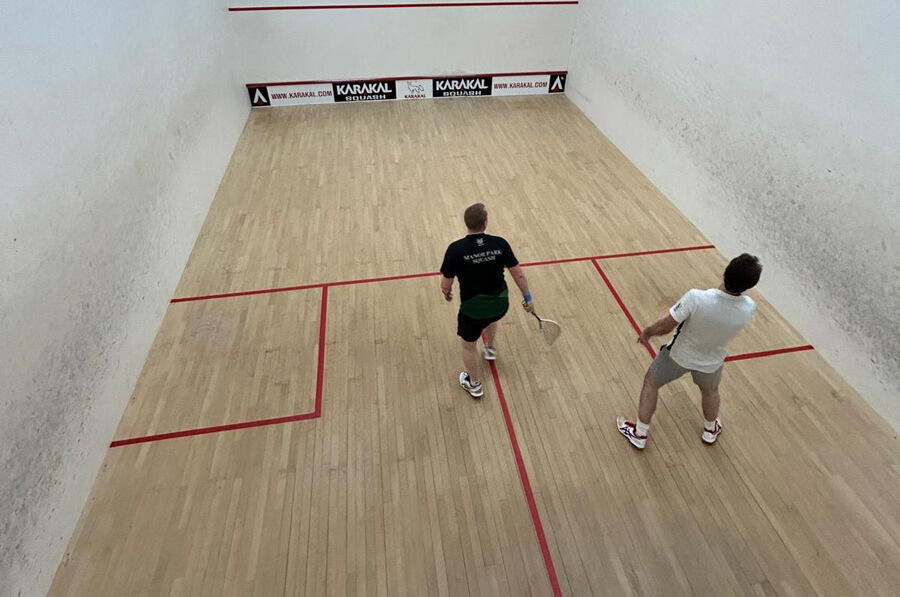
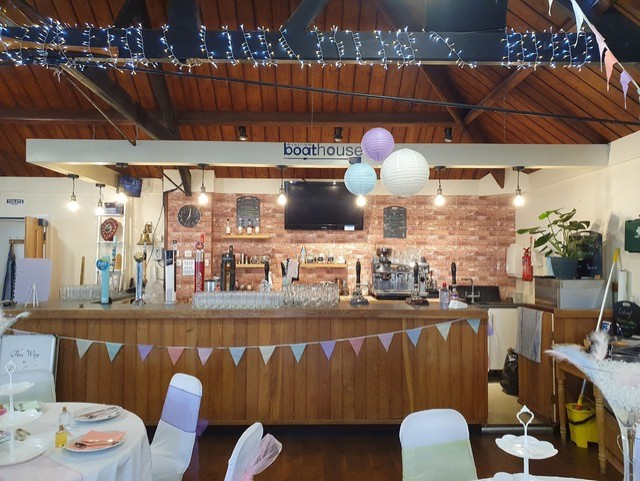
Available for Hire and Functions
The Boathouse Café & Bar
The Boathouse Café offers a delicious breakfast menu, as well as a selection of freshly ground coffees, teas and soft drinks.
Offering a relaxed, family-friendly atmosphere the Boathouse Café offers an escape from shopping, a rest from the park or refuel with a breakfast.
Cafe open 9am to 1pm
Food served until 12pm
Ideal for:
- Parties
- Wedding Receptions
- Business Meetings
- Conferences


